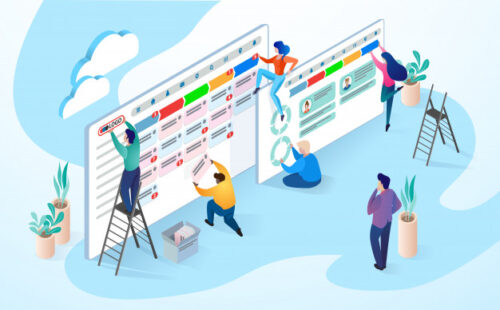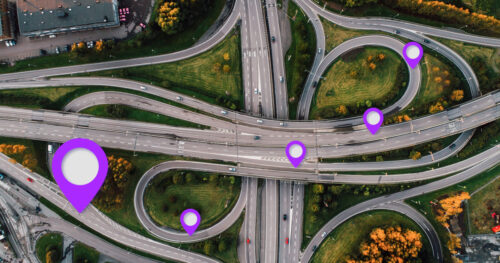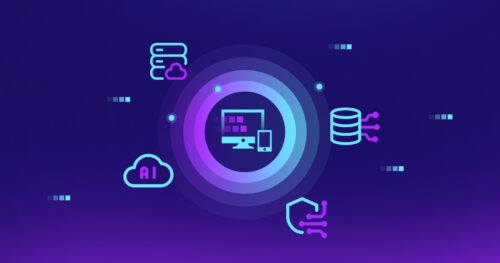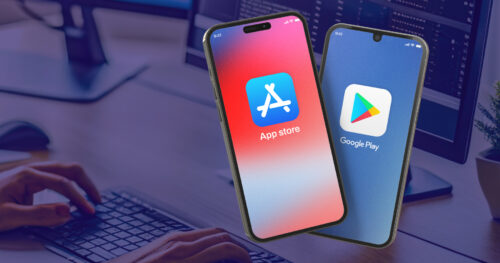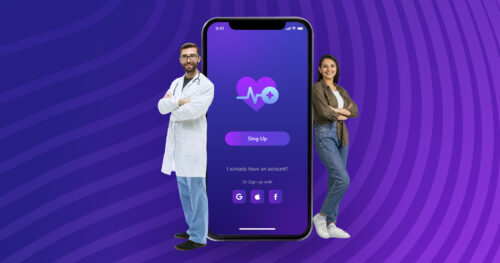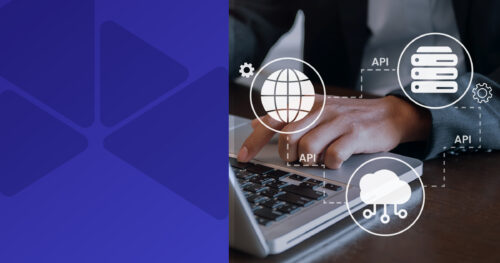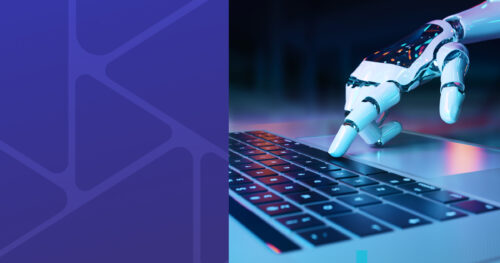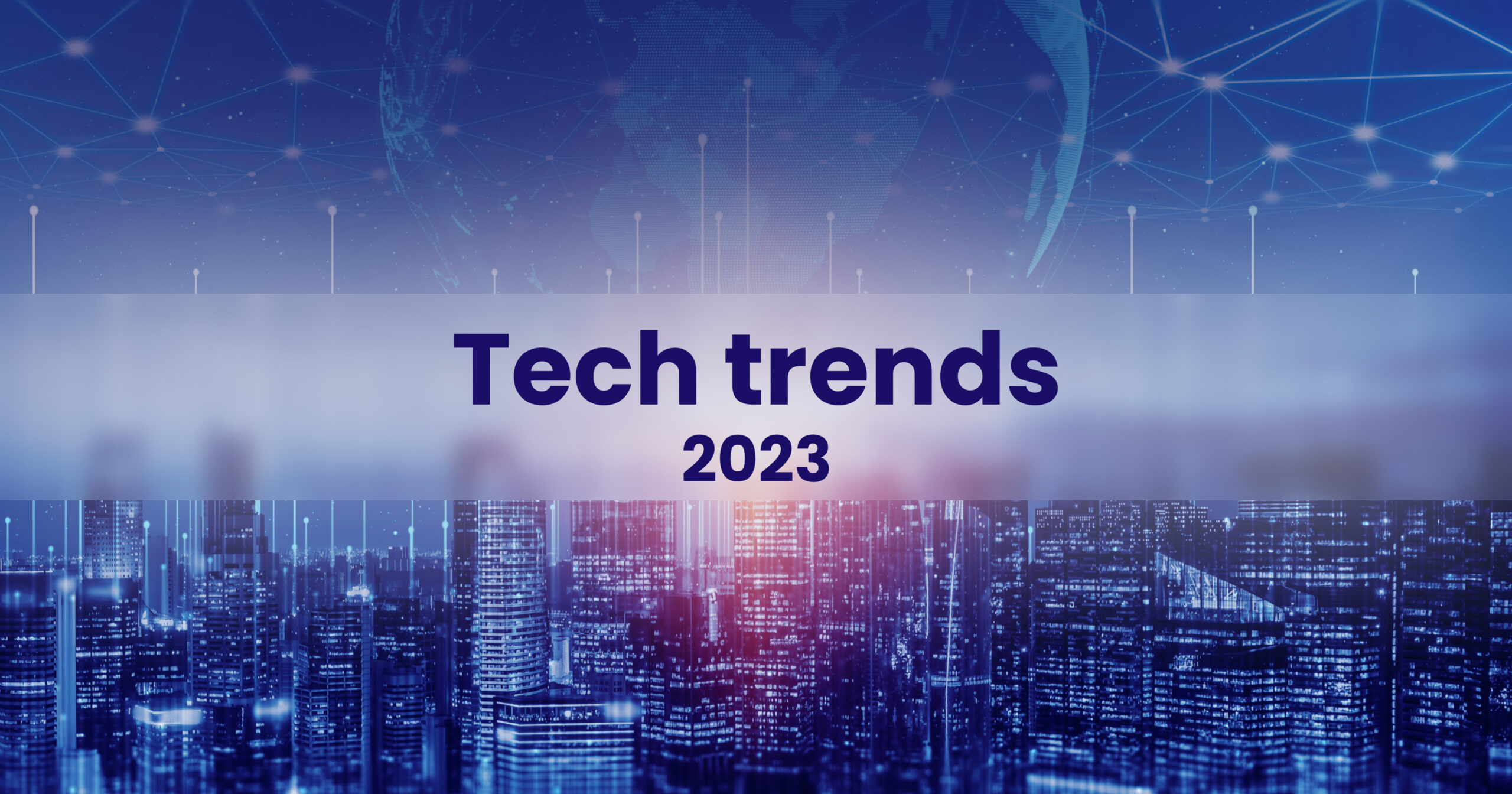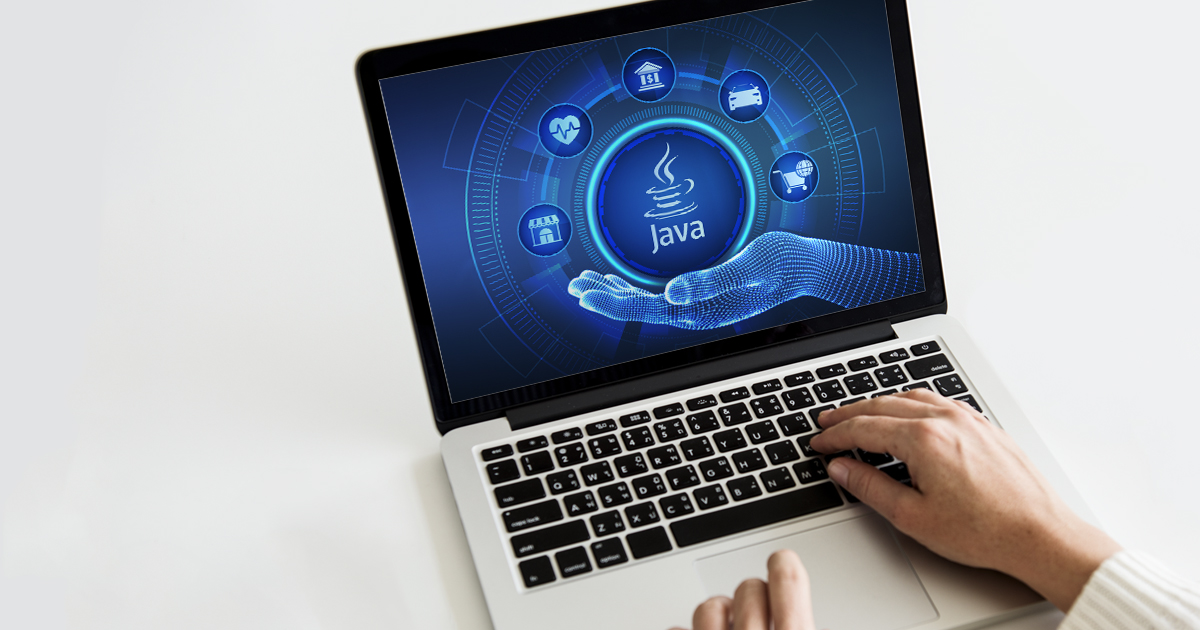According to HR statistics, company onboarding may involve more than 50 iterations. Imagine doing all of that manually, meaning heavy workloads for the HR department and irritation for employees. Digital technologies can help facilitate, enrich, and automate onboarding processes. But it’s extremely difficult to build a full-fledged solution flexible enough to meet the needs of many companies at once. DigitalMara has taken a look at trends and practices in employee software development for onboarding.
Onboarding is often a complex, multistep process that requires action from all sides – HR teams and new hires, the department hiring the employee, and the team lead. It requires the involvement of many resources in the company. Hiring is only the first step. Next comes learning and development, retention and engagement. An effective onboarding strategy should keep in mind that people are the main asset for any business, and that HR personnel need to focus more on building strong relationships and loyalty than on administrative tasks.
Zippia stats show that 97% of companies are planning to invest in HR technologies in 2023. Proper software allows you to organize workflows and automate time-consuming tasks, while enhancing the employee experience and productivity. Some basic features are onboarding templates, repeatable checklists, task notifications, automated emails, e-verification, background checks, and surveys to gather feedback. Bulk onboarding functionality makes it possible to carry out onboarding of large groups quickly and simultaneously. With special new-hire portals, newcomers can get access to welcome packets and company resources, and also get virtual introductions to the company, future co-workers and leadership.
Cloud technologies offer the benefits of centralized document storage, enhanced security and integration capabilities. Cloud-based software is accessible on all major devices and operating systems, which is an important benefit for remote work. It’s also scalable enough to adapt to workload changes.
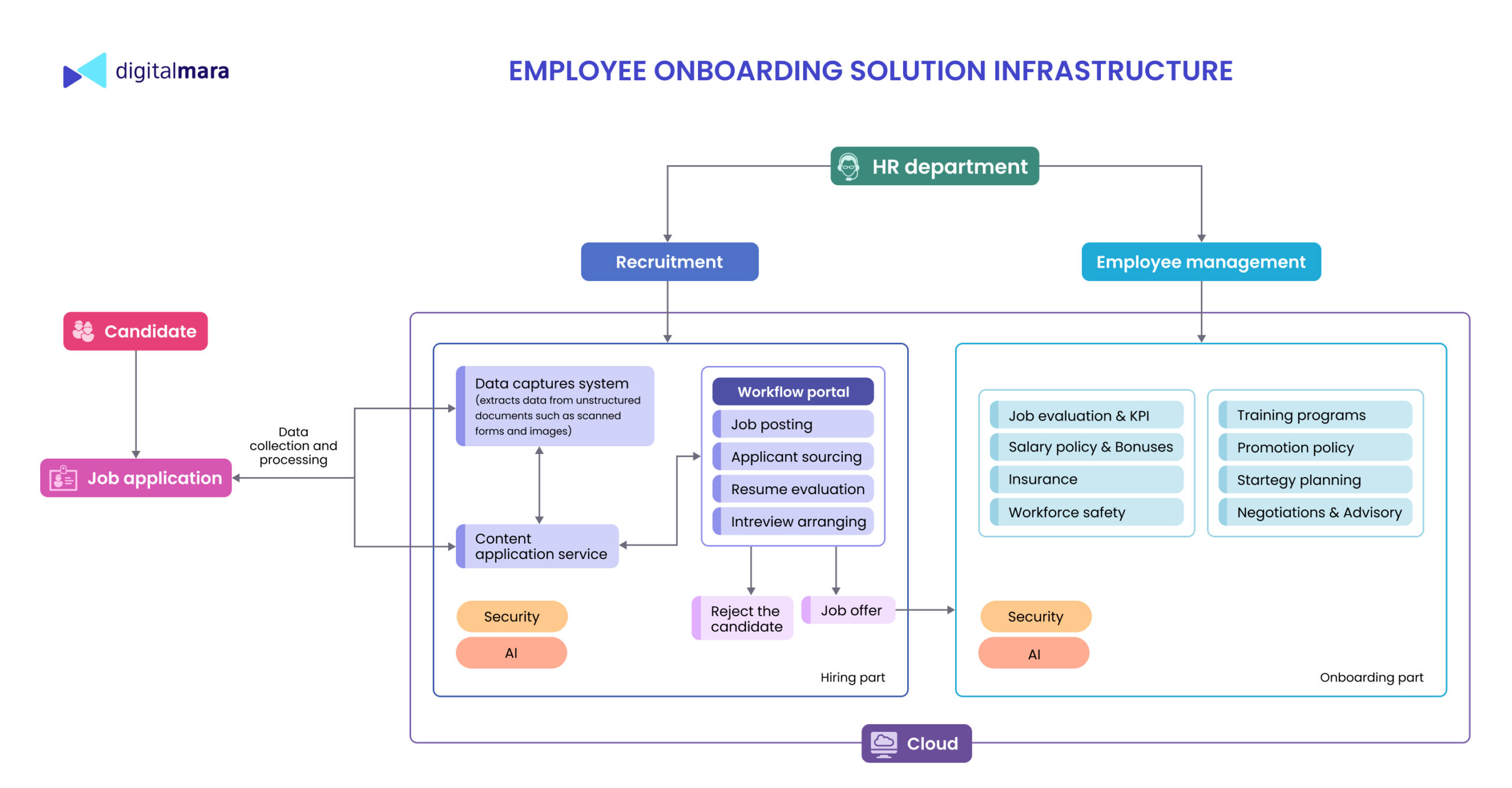
Why is onboarding software important?
So why does your business need employee onboarding software? There are a bunch of reasons: standardization of the onboarding process, reducing the burden of documentation, preventing compliance risks, increasing the visibility of the process, and reducing manual errors and misunderstandings. А good experience of adaptation also influences the decision of a new employee as to whether to stay in the company.
- Consistent experience for employees and HR managers
Smoothly running communication among all sides of the onboarding process is crucial. New employees should understand all processes, gain clarity as to where they can find necessary information and who is their contact point.
- Reducing cost of hiring
A well-done onboarding process will enhance employee retention, which means lower turnover and as a result, lower hiring costs.
- Fewer errors in data entry
Entering the same information about a new hire several times into different systems takes a lot of time and leads to errors. Which is crucial when working with sensitive personal details. With onboarding software, data can be transferred automatically, and that saves time and reduces mistakes.
- Simplifying the compliance process
Onboarding requires a lot of compliance considerations, such as employment eligibility and verification of credentials, background checks, tax paperwork and NDA signing. Onboarding software simplifies verification tasks and makes the process more reliable and accurate. HR departments can build hiring packages with all of the special requirements for each position and ensure that the necessary information is collected.
Employee onboarding trends
DEI policy
Modern onboarding involves principles of diversity, equity, and inclusion. That adds value to the company and creates a more favorable, friendly and productive work environment, while building a team of employees with rich backgrounds and varied experiences. Modern onboarding software is aimed at reducing bias through every stage of the hiring process, evaluating all candidates consistently and fairly. To implement a DEI strategy, companies need advanced analytics and a requirement platform.
For example, this insights platform allows companies to facilitate diversity and inclusive recruiting. It uses AI to make HR data and decision-making intuitive and helpful. DEI metrics are embedded into analytics, which gives a more complete understanding of the workforce. The platform can easily be integrated with ATS and other HR systems to analyze and forecast data pertaining to people and provide recommendations. Included also connects a company to top candidates from diverse talent pools, shows where candidates fall out of the hiring funnel, and the action steps one can take.
Virtual employee onboarding
Alongside remote work, virtual employee onboarding has become the new reality. A properly organized and efficient onboarding process is especially important in remote environments, as new employees are physically separated from the company and from onsite work experience and communication. The main difficulties are related to the exchange of information, technical aspects and social affairs. It may also be required that a remote workplace be compliant with security standards.
Digital portals for employees can be a solution for efficiently completing electronic forms and e-signatures, as well as uploading documents. A digital portal can remove the need to print, sign, and scan documents and send them back and forth by email. It can also serve as a centralized source of various kinds of information — organizational, educational, and so on. Chatbots as well can assist with several activities during onboarding, answering questions and giving hints. The issue of communication and establishing connections can be solved with the help of collaborative communication tools, aka online whiteboards, project management platforms, shared calendars, cloud storage and file sharing, video conferencing, and enterprise social networks.
Omnichannel experience
With this approach, employees can use any communication channel and receive personalized help. This helps reduce time spent searching for information, while enhancing employee engagement, self-sufficiency, and productivity. Basic channels include email, messaging platforms, and enterprise web portals. Also, it makes sense to create a common place to connect employees where they can share ideas, ask for help and facilitate mutual assistance. One should strive to create a support ecosystem with seamless and consistent value-added experience and knowledge-management capabilities.
Artificial Intelligence
Artificial Intelligence can benefit several processes related to onboarding and make them more efficient. For example, it can automate paperwork, personalize the employee experience, track engagement levels and job satisfaction, and analyze feedback from newly hired employees.
- AI-powered software is capable of monitoring employee onboarding documents in real-time, sending notifications when something is missing or when files are complete, and also verifying legal documents.
- AI chatbots can be used to welcome new employees and provide their initial orientation to company policy, explain their roles and responsibilities, introduce them to the team, offer relevant training information, answer FAQs and address requests to the appropriate people.
- AI also offers a data-driven approach to talent acquisition, mapping candidates’ skills with the role requirements more quickly and accurately, plus screening, segmenting and maintaining an applicants database.
For example, this consulting firm, conducts assessments of companies and their leadership to identify and highlight potential drivers for success. It also aids in the search for new leaders who will perfectly fit the given company’s needs, based on their experience and achievements. DRAX’s work is supported by its proprietary insights platform, which offers a unique analysis algorithm. The platform can be used both by DRAX for consulting and by the company’s clients individually.
Features onboarding software should have
Onboarding software, to deliver a perfect experience, should correspond to the needs of both HR departments and new hires. It should ensure that each step is easily understood and quickly carried out by those responsible — for example, starting a new task as the previous ones are completed. The user interface is an essential part of such software; it needs intuitive UX, ease of access, and a visually appealing design.
Compliance with GDPR policy is also a crucial requirement, as companies collect and maintain high volumes of employee data, including personal information, salaries, insurance, taxes, and so on. Therefore, it is necessary to ensure data security. Among basic security measures are personal data encryption, data backups and employee consent.
When choosing ready-made software or developing a company solution, it’s important to consider the following features:
- Integration with existing systems
The software should communicate with existing systems and ensure continuous data exchange. For example, integration with calendars enables quick scheduling. Also, it’s necessary to work tightly with systems used by the IT department, to simplify the IT-resources setup and provisioning as part of the onboarding workflow.
- Workflow automation
Automation helps eliminate repetitive manual activities. The application is automatically transferred to the next person in the workflow. The HR department has the ability to monitor the process and track each step across different departments.
- Reporting and analytics
Proper analytics will show how long each adaptation takes and where hangs occur, so that you can identify key areas for improvement. Data visualization and faster reporting facilitate data-driven strategic onboarding processes.
- Built-in task and email automation
Software allows you to create task libraries and send automated reminders and notifications about tasks to do and incomplete actions. Also, automated surveys of new hires help to assess the onboarding process.
- Employee self-service
The software gives employees the opportunity to take action themselves through time-released content, interactive modules, and more. It enables new employees to fill out and upload new hiring documentation directly in the application. AI-powered chatbots can help with responses to the most frequently asked questions.
Final words
HR software is a must-have to achieve the ambitious goals of effective recruitment and employee management. DigitalMara has experience in the development of customized HR solutions, including onboarding.






